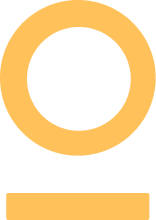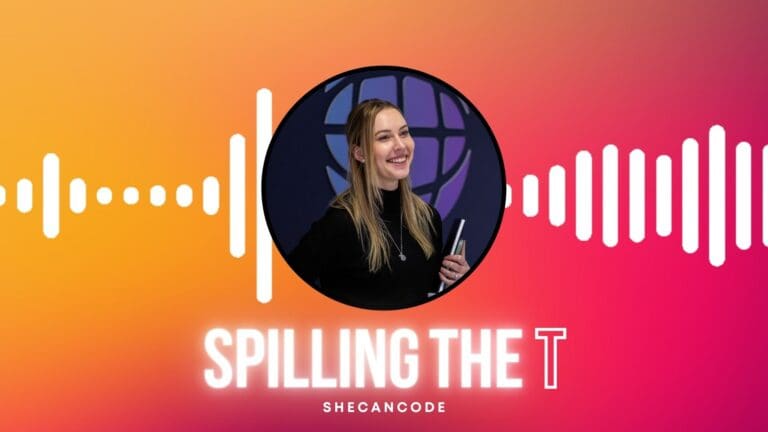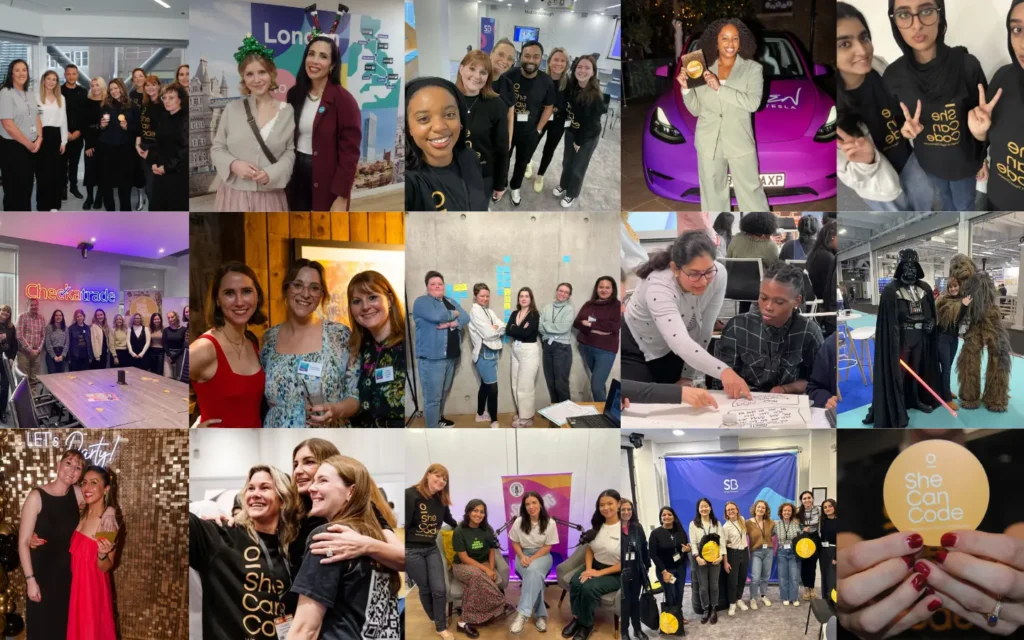Stephanie Yoo is a UX Designer at tms with a passion for creating thoughtful experiences for all users.
She has over 10 years of design experience spanning a wide range of sectors including food services, finance, interior and B2B industries.
Changing careers mid-flow can be brilliant, liberating and terrifying, as I found when I made the leap from interior designer to user experience (UX) designer, transitioning from designing physical spaces to digital ones.
The tech industry is a fascinating one which lends itself to great opportunities and flexibility. It is a historically male-dominated field, but I think one that recognizes that it’s in its best interest to expand diversity and hire more women and people from different backgrounds. No industry is one-size-fits-all and after the recent travails, it might not be as easy to break through, but I would encourage those who seek innovation, flexibility, and passion to hold on to hope and carefully consider a career change. As someone who has gone through the journey, I want to share my experience and some of the tips and knowledge I picked up along the way.
I trained as an interior designer, and love using my creativity to solve problems and share them in innovative ways. Design is where my passion lies and I poured my creativity into physical spaces, designing fixtures and layouts in commercial settings. But eventually I found it hard to ignore the gender disparities. In my experience, the engineers, who were mainly male, were better paid than the interior designers, who were mainly women. And there were other differences too – the mainly female interior designers had to wear a lot of different hats, caring for clients in an almost mom-like fashion while our engineers were only expected to perform their roles and not really branch out or provide that nurturing aspect which was expected from us.
During the pandemic, a poll found that ‘approximately half (52%) of American employees [were] considering making a career change’. I felt it would be a natural progression to apply my design skills to a better paid, more innovative and flexible industry. I was looking for something within the design field, because that’s where I wanted to be, but in a career without as much gender inequality. Although the tech industry is mostly male, I knew that if I had the right skills, they would have to treat me equally and pay me equally.
I identified my transferable skills – design principles don’t really change across the board, so the basics of interior design also apply to UX. Design psychology such as hierarchy and the law of proximity and color theory for example, are all knowledge that I have gained through experience and training so I didn’t have to learn those from scratch. Overlapping skills are your greatest assets. Find your skills and strengths and strategize on how they relate to your new potential career.
To make the switch, I completed a Google Career certificate in UX Design, which taught me the UX design process and major tools such as Figma, Sketch and Adobe XD. I used my projects from the course to build my portfolio. The core of UX is thinking about the end user and trying to figure out what challenges they face and how to best address their pain points.
The UX field is made up of problem solvers, which is why it appeals to me. I love to identify a problem and figure out the best solution, it’s like being set a puzzle and having a fixed time to solve it.
Getting my first tech job wasn’t plain sailing at all – I sent out more than 100 applications. I would hop onto my computer in the morning, put out a bunch of applications, and then see what kind of interviews I got.
I do feel lucky because after about three months I did a great interview with a team of amazing people who were intrigued by my Google certification. They were prepared to take a chance on me and help me expand my technical skills with hands-on experience. They were open to seeing what kind of perspective I could bring. The insights and fresh perspective you bring are valuable. A career change can be a strength not a set back. It’s all in the way you craft your own experience and narrative. Non-traditional ideas can foster innovation. Run with that. Your first idea, or even job, doesn’t have to be your best one.
Once you have your foot in the door, you don’t have to stay with that one job forever, you can find your own way from there. In my current role at a marketing company our clients are Quick Service Restaurants, mobile phone providers and other brands. The work can involve looking at the UX for a new website or a single marketing promotion, or it could be creating an entirely new digital product. It really varies.
I have found that the tech field, like many others, is dominated by men. There may always be an underlying current of inequality when you’re a minority, but there is space for us. I know that women are breaking in, and they’re growing into those roles.
As a woman going into tech, a quote that resonated with me is ‘you are not starting from scratch, you’re starting from experience’. Whatever your background – psychology, education or anything else – you have transferable skills that you can bring to the tech industry. You need to identify them and curate your resume to highlight their relevance to your chosen area of tech. For the skills you may not possess yet, take online courses, join bootcamps or self-study. Something that can really help is if you join networks and communities connected to your chosen skill set, through LinkedIn or finding online communities that are relevant to your situation.
Tech has some strong attractions for women, offering us flexibility that nine-to-five jobs may not. I’ve found freedom and adaptability in this career, leading to my ability to shape a more inclusive and innovative industry. I believe other women can do so as well.








